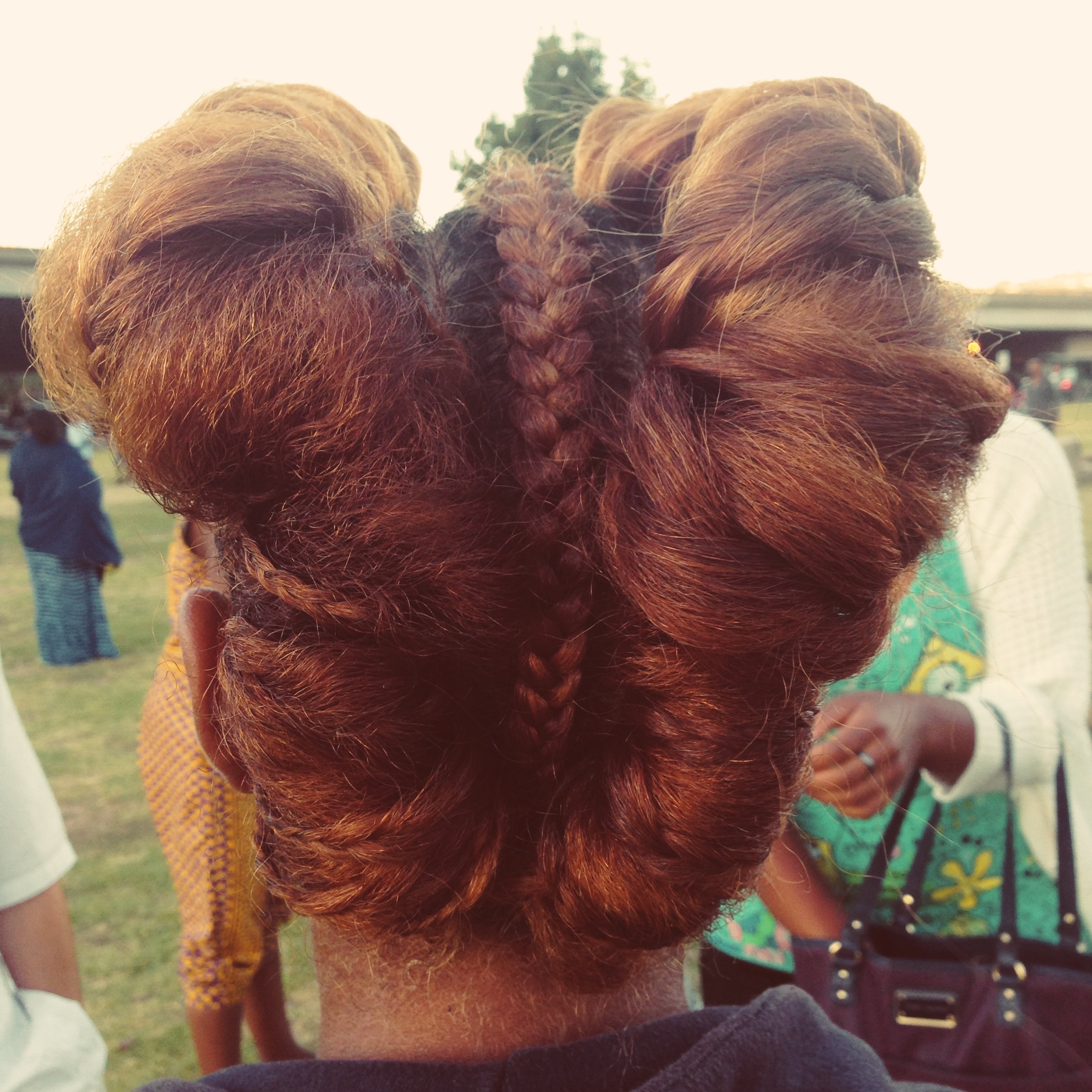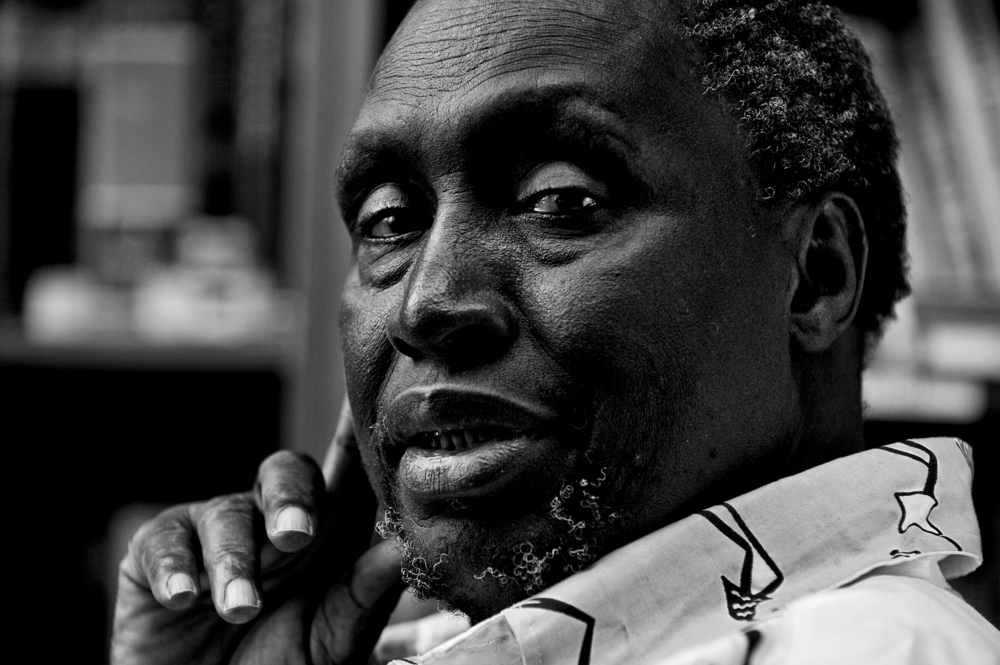In the African cultural life, a woman’s hairstyle has often had varying social implications – both socially and individually. Traditionally, in many African cultures, hair was usually dressed according to local culture complying with aesthetical standards. Beyond adornment and the aesthetics of identity, in cultural aspects, hair has had a sacred element perceived as a substance with “supernatural power and spiritual import”.
Often, cultural authentic beauty, health and identity are intertwined; in fact, it’s still is in contemporary societies. Though present-day, the politics of Black African hair, particularly in western spaces, its social implication can be complex and deeply politicized. Outside of its authentic beauty and traditional significance, African women’s hair has been met with shallow judgments and critique based on mainstream media’s Euro-centric standards of beauty and the “ubiquity of whiteness”. Nevertheless, it seems that times are changing as a global movement towards reclaiming one’s own authentic beauty continues to express itself through women in both Africa and the Diaspora. As adorning the head takes on the face of (re)claiming identity through purely wearing hair in its natural state of Afros and hair braided styles, the entire world is slowly having no option but to reframe their approach to the inherent beauty and diversity of black hair.
The African tradition of female braided hairstyles, predominantly in the Northern, Eastern and Western African customs of hair grooming, date far back. “Depictions of women with cornrows have been found in Stone Age paintings in the Tassili Plateau of the Sahara that have been dated as far back as 3000 B.C.” History also reveals, “male styling with cornrows can be traced as far back as the early nineteenth century to Ethiopia, where warriors and kings such as Tewodros II and Yohannes IV were depicted wearing cornrows.”
Culturally, with its traditional significance, adorning the head implies more than merely a hairstyle. Often pointing to the socio-economic status and or characteristic of the wearer, “the cultural significance and roots of braiding can be traced back to the African tribes. The braid patterns signify the tribe and help to identify the member of the tribe.“
Though many of us are unsure of the cultural significance and meanings of braided hairstyles today, and whilst many have been adapted to suit the styles and habits of women through time, customarily, braid patterns or hairstyles illustrate “the significance of hair among various African cultures as an indicator of social status and religious function, a symbol of age and authority, a traditional aesthetic element or a statement of contemporary style, a substance with supernatural power and spiritual import, and an object of beauty and adornment”. In ancient Egypt, it is said that hair braiding was reserved for royalty and ceremonial rituals like weddings.
As braiding styles are gaining popularity in the present, hair grooming, for the most part, exposes modern age artistic designs that borrow from the past. In some African cities and parts of the Diaspora, though some of the cultural implications such as braiding for ceremonial rituals like weddings, rites of passage rituals, patterns that signify ones ethnic group, and perhaps wealth and status have been retained; conversely, for the most part, the traditional significance is less salient.
In the current trend, using synthetic or human hair, if possible, the wearer finds the most artistic braider or artisan of style that can sculpt a funky do. In general, sporting the funkiest braided style appears to be more of a fashion affirmation; meanwhile, fashioning the body – physical appearance – is employed for self-expression and sole identity formation, with the exception of those who adorn themselves based on the conduct of a society, community or social group they belong to. On the flip side, for some people of African descent residing in the Diaspora, it is said that braiding the hair is considered a form of “protesting and retaining African cultural traditions – claiming ancestral memory”.
No matter the meaning or purpose of how braids are worn, traditionally, braiding is more than wearing a style. The sitting and process of braiding is a ritual session of bonding; as it is transmitted from one generation to the next. Through the process of braiding, in the realm of spiritual bonding, something beautiful transpires between the braider and braided. Similar to folklore, the braider is a cultural lore, historian, and narrator braiding stories into the art of Funky styles. More than a [braiding] sitting, similar to kitchen stories, braiding is symbolic to where women ritually share hushed or not so hushed stories in these spaces. In that way, hair has always had it’s own stories.

Photo Credits: Amira Ali





